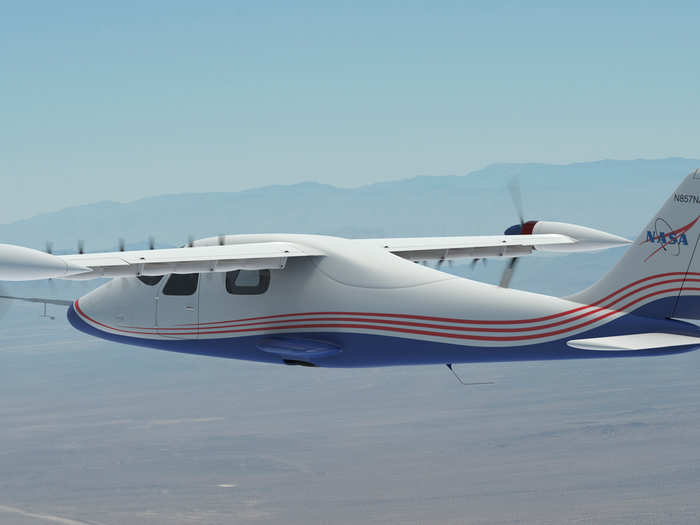
!["We [started] to think of using [these technologies] in an interesting way to redesign how an aircraft could behave," Clarke said. "We [started] to think of using [these technologies] in an interesting way to redesign how an aircraft could behave," Clarke said.](/thumb/msid-60085318,width-700,height-525/60085318.jpg)








Source: NASA




 Love in the time of elections: Do politics spice up or spoil dating in India?
Love in the time of elections: Do politics spice up or spoil dating in India?
 Samsung Galaxy S24 Plus review – the best smartphone in the S24 lineup
Samsung Galaxy S24 Plus review – the best smartphone in the S24 lineup
 Household savings dip over Rs 9 lakh cr in 3 years to Rs 14.16 lakh cr in 2022-23
Household savings dip over Rs 9 lakh cr in 3 years to Rs 14.16 lakh cr in 2022-23

Copyright © 2024. Times Internet Limited. All rights reserved.For reprint rights. Times Syndication Service.